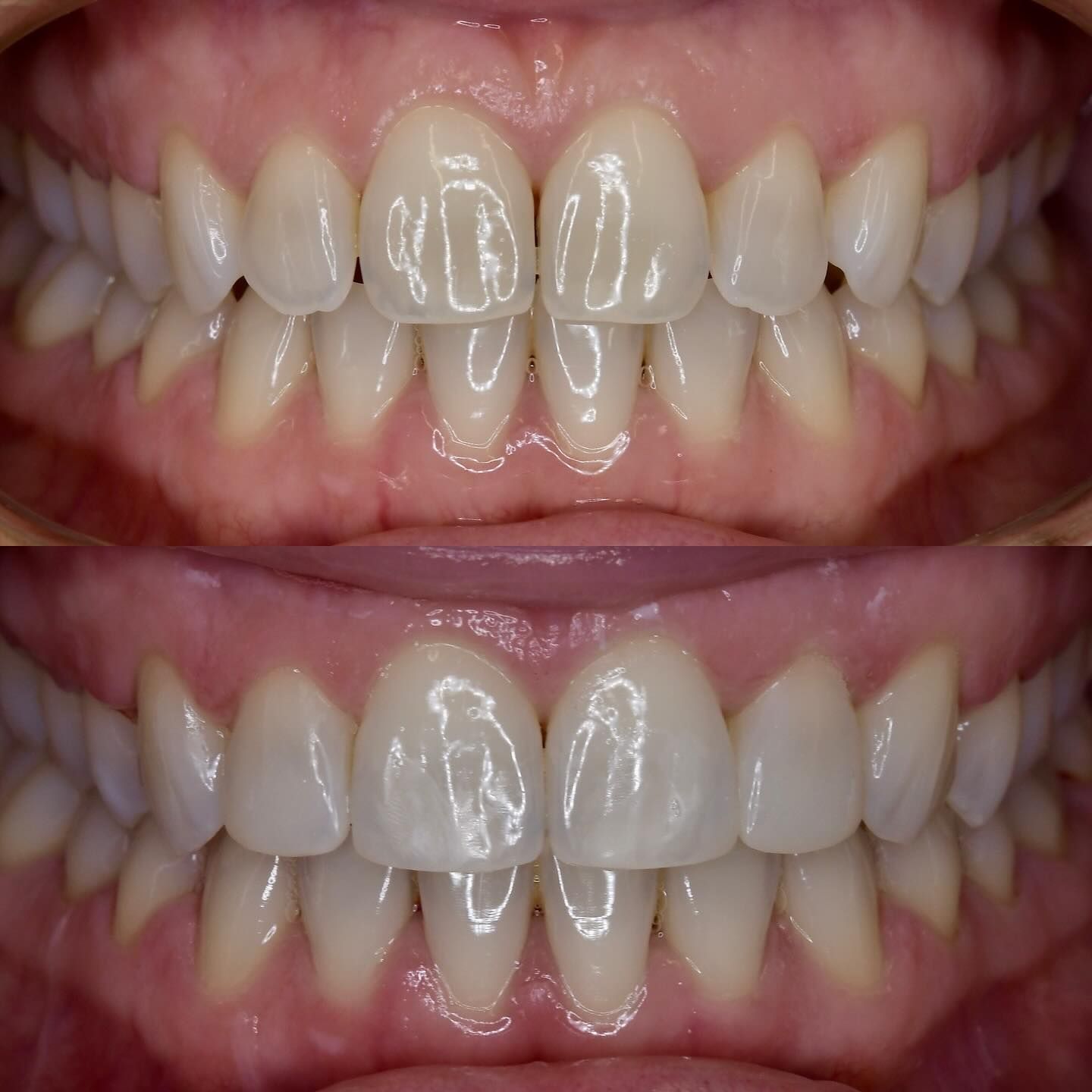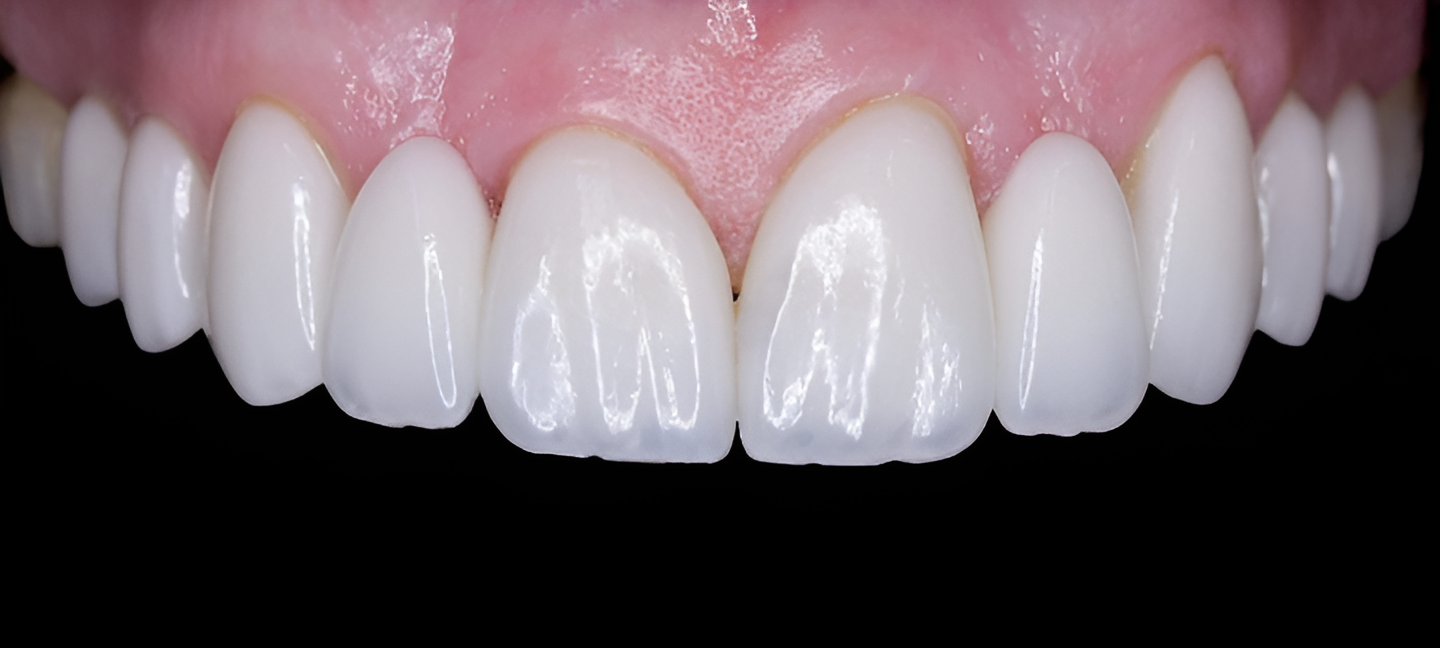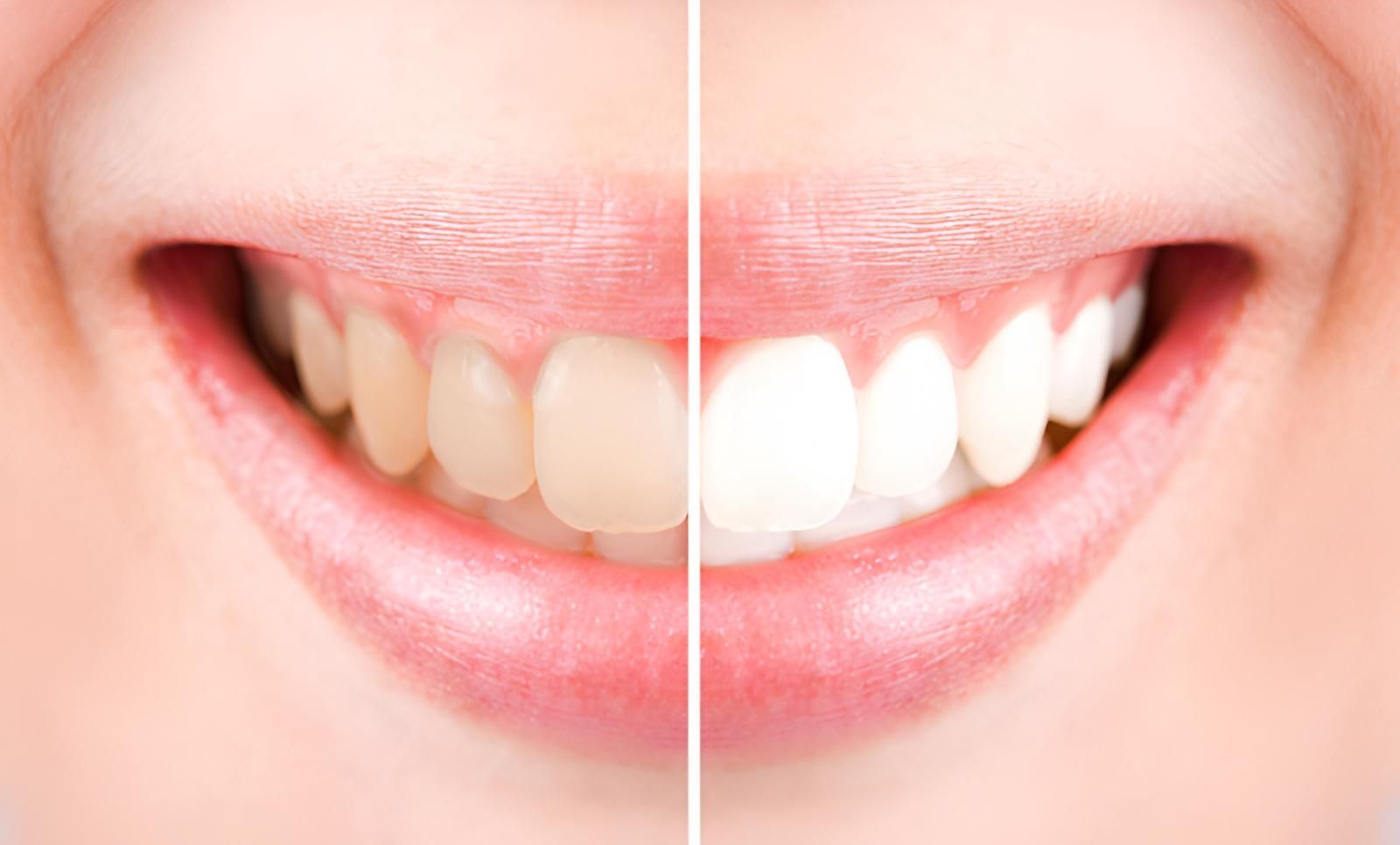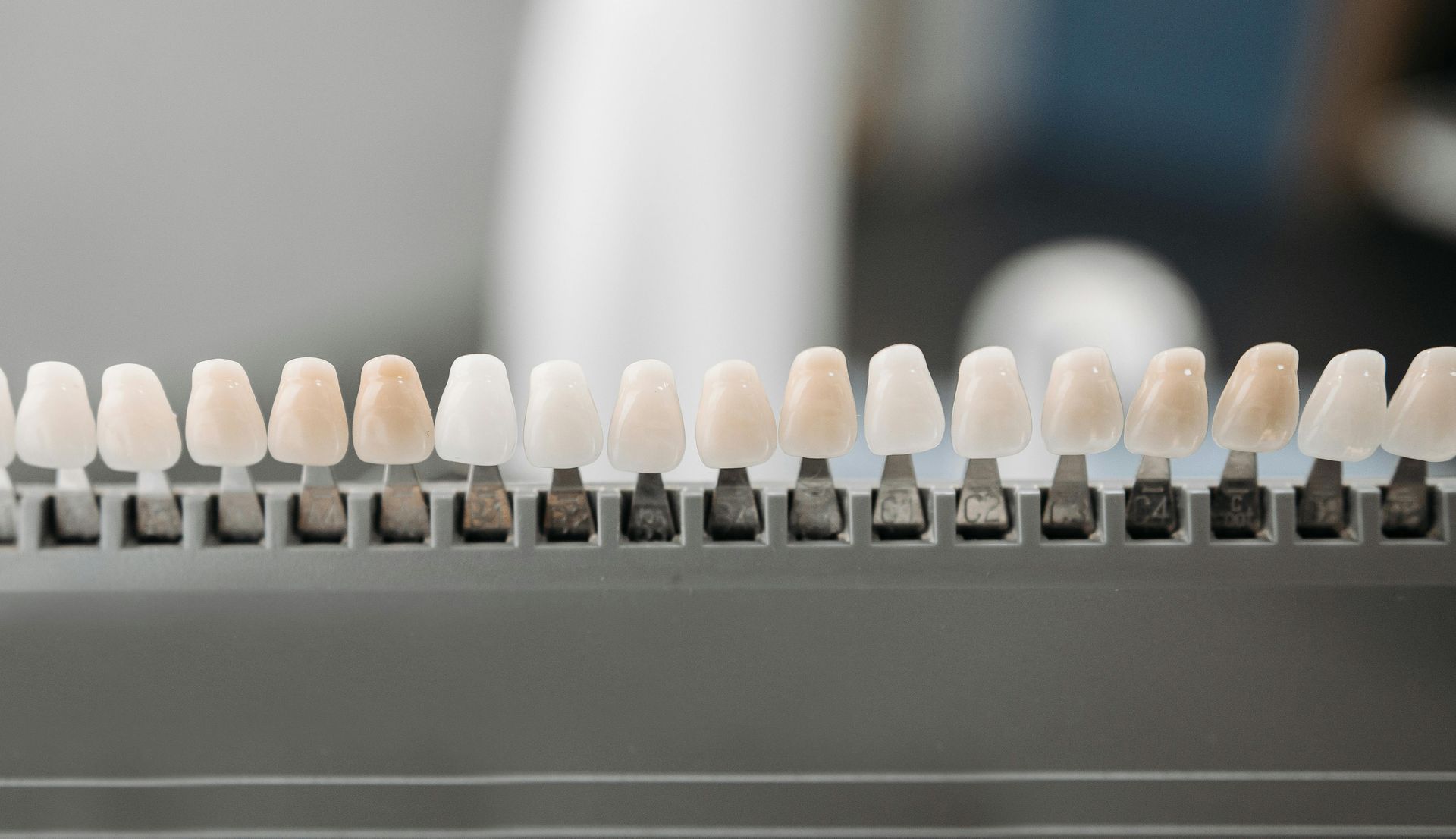A Guide to Porcelain vs Composite Veneers
Improving your smile can be a significant decision that blends personal goals with practical realities. Among the most popular cosmetic dental options are veneers, thin layers applied to the surface of teeth to address concerns such as chips, discolouration or gaps. But when it comes to selecting between porcelain and composite veneers, it’s not just about aesthetics—it’s about how each option fits your lifestyle, maintenance preferences, and long-term expectations.
This guide walks through eight essential considerations to help you understand the differences between these two types of veneers. Whether you're aiming for a complete smile makeover or a subtle refresh, understanding each option can help inform your next steps.
Balancing Your Smile Goals & Daily Routine
Everyone’s day-to-day life looks different. For some, regular public speaking or frequent social events might prioritise long-term visual consistency. For others, a busy routine with limited downtime might favour quicker solutions.
- Porcelain veneers are often chosen when a more stain-resistant material is desired.
- Composite veneers may appeal to those who want a faster application process.
- Depending on your daily habits, maintenance requirements might differ.
- Consider how long you can set aside dental visits when planning your treatment.
Choosing a veneer type that fits your smile goals and your daily rhythm can help make the process feel more manageable from the start.
Comparing Longevity: Porcelain’s Staying Power & Composite’s Flexibility
Durability is often a consideration when selecting a veneer type. Different materials have different wear characteristics, and understanding those differences can assist with planning.
- Porcelain veneers are typically made from ceramic-based materials, known for their structural stability.
- Composite veneers, while adaptable, may be more prone to gradual wear or minor chipping.
- If your teeth experience high bite pressure, this could influence the type of veneer that suits your needs.
- If minor changes arise, composite veneers can often be touched up in a single visit.
Understanding how each material performs under different conditions can help you select an option that suits your smile and daily habits.
Imagining Your Smile’s Look: Porcelain’s Gloss Versus Composite’s Adaptability
Visual appeal is usually a central goal when exploring veneers. While both porcelain and composite veneers can be shaped and shaded to match natural teeth, there are subtle differences in appearance.
- Porcelain veneers tend to have a reflective quality that mimics natural enamel.
- Composite veneers offer versatility and may be adjusted more easily during application.
- If you aim to match neighbouring teeth, talk to your provider about blending techniques.
- Differences in texture or polish may influence how light interacts with the surface.
Thinking through how you want your smile to look in different settings—photos, social events, or everyday life—can help guide the choice that feels right for you.
Weighing the Investment: Cost Considerations for Different Budgets
Veneers are a financial investment in your smile, and it’s important to understand how the cost may vary depending on the material and treatment plan.
- Porcelain veneers generally involve lab work and multi-appointment scheduling.
- Composite veneers are often applied directly in a single session.
- Long-term maintenance costs may differ between the two options.
- Initial cost can also depend on how many teeth are being treated.
Considering both upfront and ongoing considerations can help you choose an option that aligns with your goals and budget.
Treatment Timeline: From Prep to Polish for Each Veneer Type
Your schedule may influence which veneer type feels more feasible. The number of appointments required and the time between them can vary based on your chosen treatment path.
- Composite veneers may be completed in a single visit.
- Porcelain veneers usually require preparation, a follow-up fitting, and final placement.
- Discuss any upcoming travel or commitments that may affect your availability.
- Temporary veneers are sometimes used while porcelain ones are being prepared.
Understanding the treatment steps in advance allows you to choose an approach that is appropriate for your availability and comfort level.
Maintenance & Care: Everyday Habits That Matter
After receiving veneers, certain daily habits and care routines can support their appearance. Each material may require slightly different approaches to maintenance.
- Porcelain veneers may have higher resistance to staining from coffee, tea or wine.
- Composite veneers might need more regular polishing to maintain surface brightness.
- A soft-bristle toothbrush and non-abrasive toothpaste are typically recommended.
- Regular check-ups allow for early identification of any minor changes in the veneer surface.
Taking a consistent approach to care can help support the appearance of your veneers as part of your broader oral hygiene routine.
When Repairs Matter: Fixing Chips or Getting a Fresh Finish
While veneers are designed to stay in place, everyday use can occasionally result in chips or wear, particularly over time.
- Composite veneers can be reshaped or added directly during a dental visit.
- Repairing porcelain veneers may involve removing and replacing the full unit.
- If a small edge chips, ask whether it can be smoothed rather than replaced.
- Your dentist should assess repairs to determine the most suitable course of action.
By understanding how each type of veneer responds to wear, you can plan for maintenance or touch-ups as needed.
Making The Call: Matching Veneers To Your Lifelong Smile Vision
Choosing between porcelain and composite veneers is not only about the present—it’s about aligning with your long-term smile goals. Think about how your needs may evolve over the years.
- Consider whether you're looking for a short-term refresh or a long-term transformation.
- Discuss your dental plans with your dentist (e.g., whitening, orthodontic work).
- Composite veneers may be easier to modify or remove if your preferences change.
- Porcelain veneers often suit those seeking longer-term visual consistency.
Taking the time to align your veneer choice with your current needs and future plans can help you feel more confident about the direction your smile is taking.
Let’s Talk About What’s Right For You
At Cairns Precision Dental Group, we offer a range of veneers in Cairns designed to complement your lifestyle and goals. Whether you're leaning toward porcelain for its shine and structure or composite for its convenience and adaptability, our dentists in Cairns can support your next steps.
Explore the details on our veneers page, or get in touch via our contact page to arrange a consultation. We’ll walk you through your choices so you feel confident about what suits you best. Ready to refresh your smile? Give us a call or send us a message to start the conversation.

















